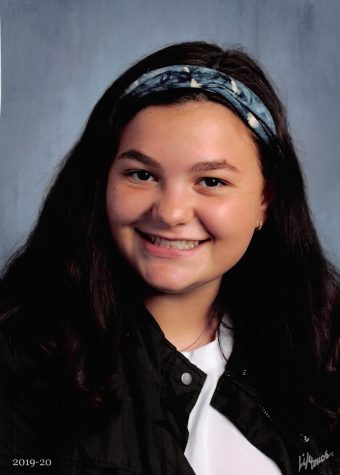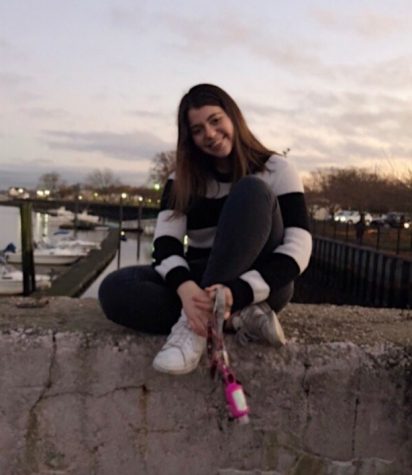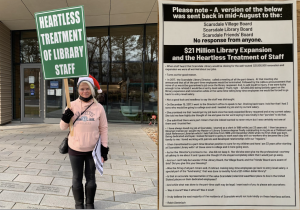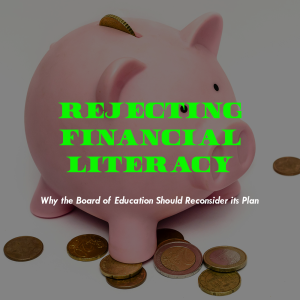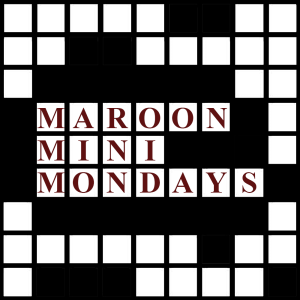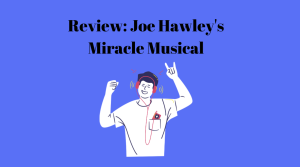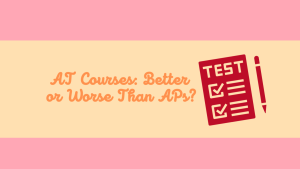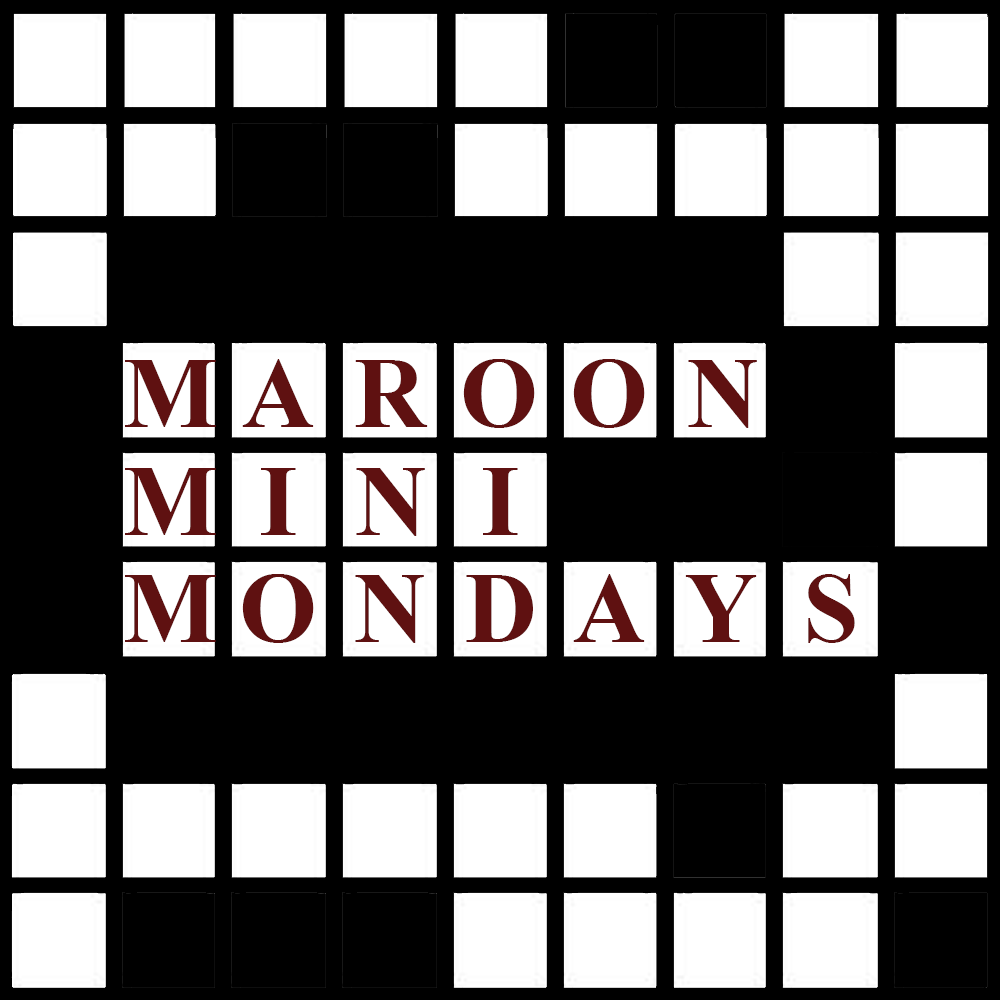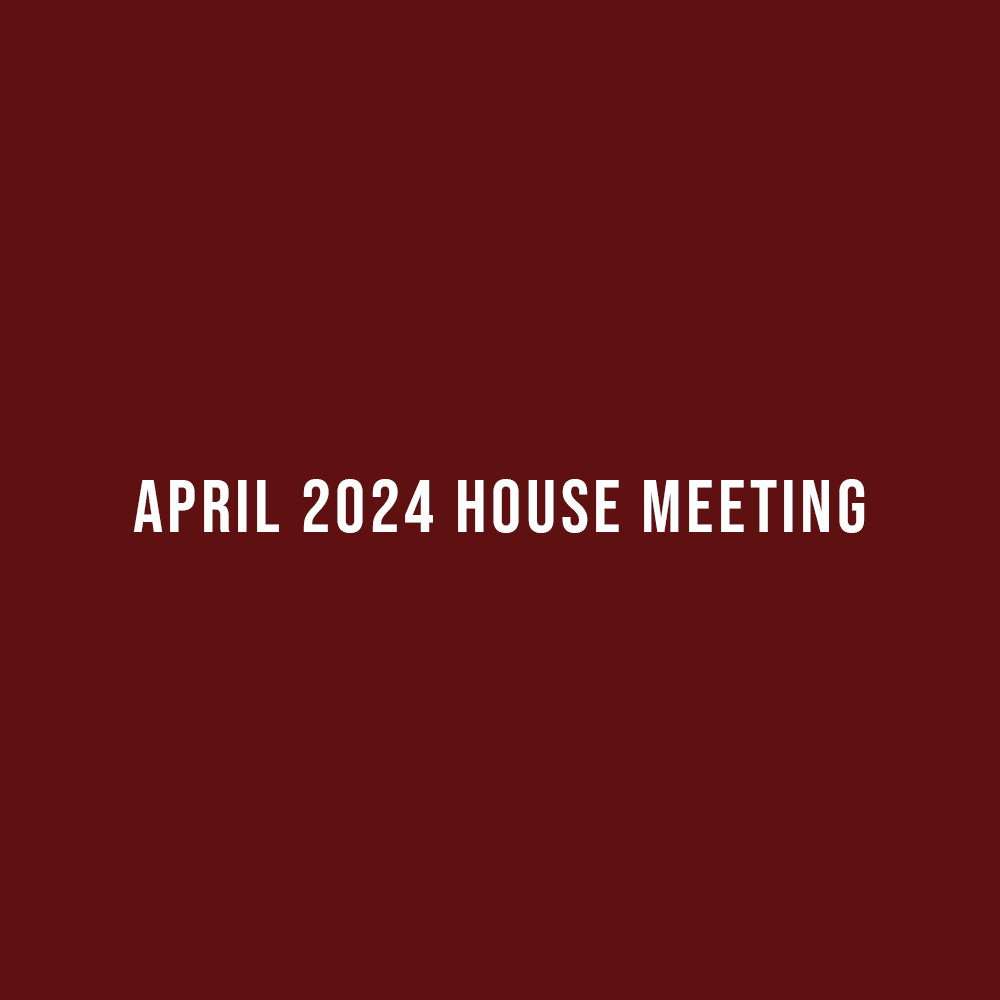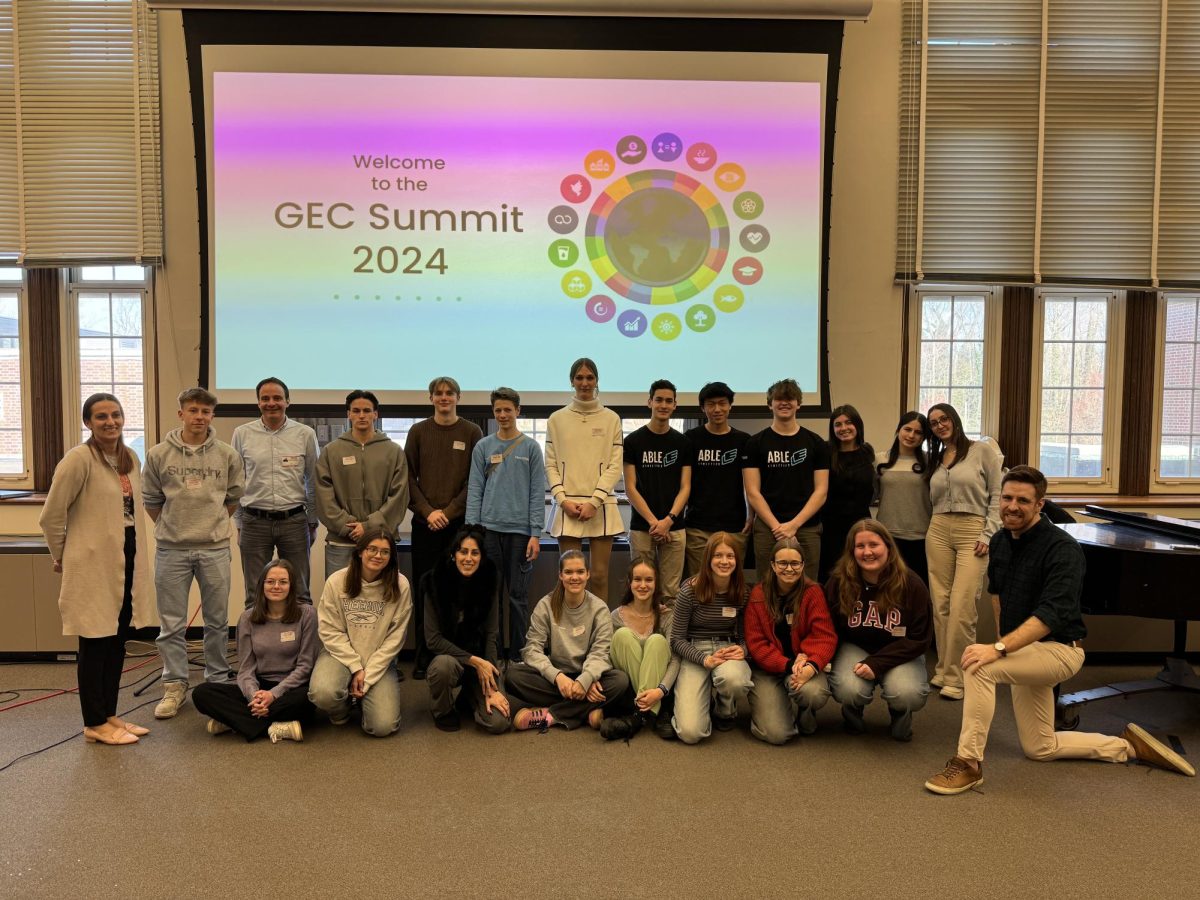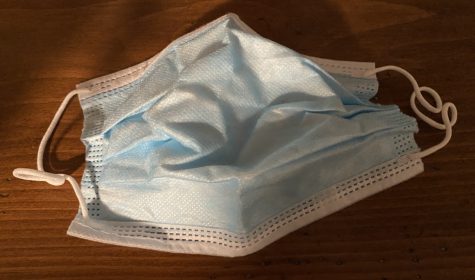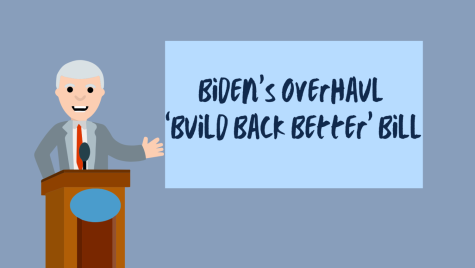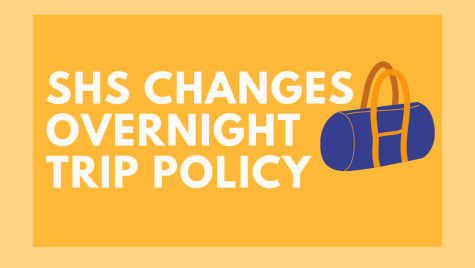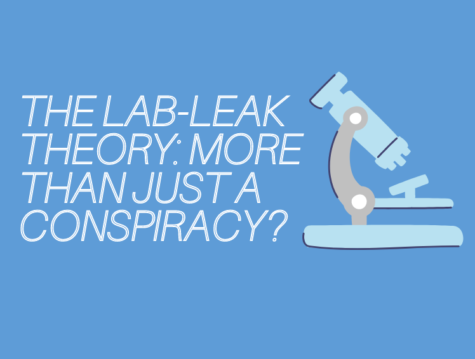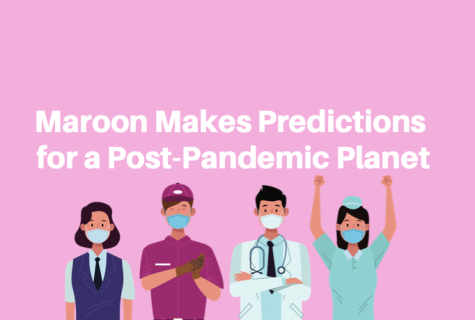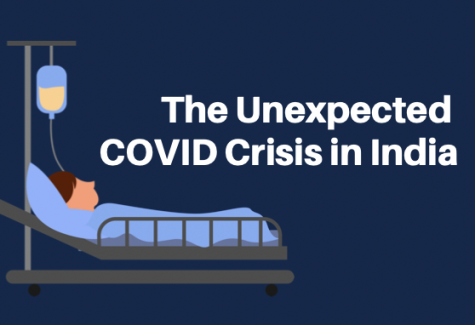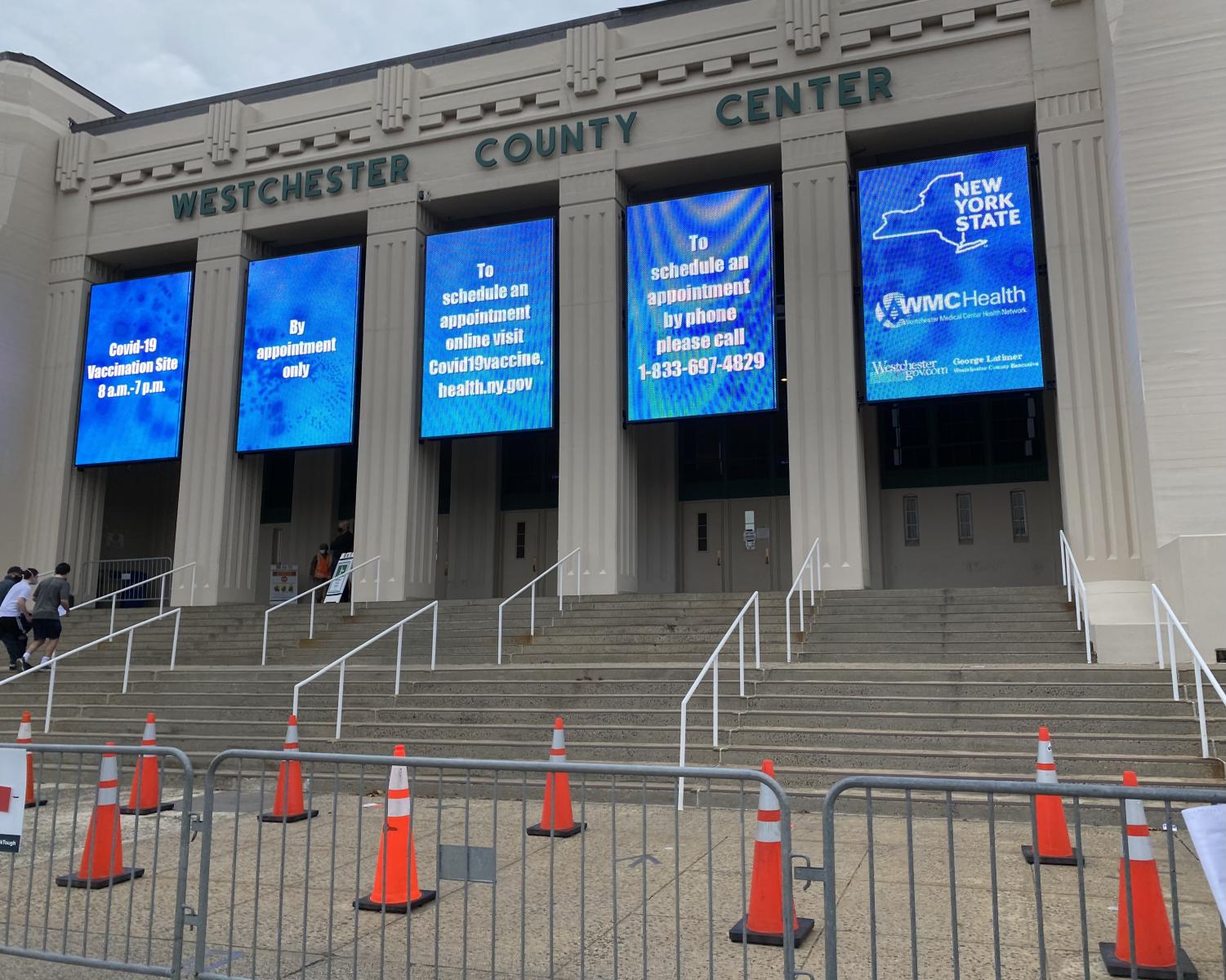Reopening Plan Explained: Pandemic Podcast Ep. 4
August 24, 2020
Episode four of the pandemic podcast features an exclusive interview with Scarsdale high school principal Mr. Kenneth Bonamo, in response to the released reopening plan for the 2020-2021 school year. Throughout the decision-making process of how the school would be reopened, there were few opportunities for us, the students, to ask questions or have a say in the final decision. As Maroon, we are representing the student body and are asking your tough questions about these uncertain times to enable your concerns to be validated and taking into consideration. Thank you to principal Bonamo and all of the administration who are working tirelessly to construct a plan with our safety as a top priority, we appreciate all that you are doing. To stay on top of any updates or changes to the plan, make sure to download our app, which can be found on the Student News Source application.
Maroon: So we want to start by — just for those people who might not fully understand the hybrid model or like — it’s been — when we speak about it, it’s been spoken to like a large group, so maybe to address just high schoolers, in your own words, can you described the hybrid model reopening plans?
Bonamo: Sure. In terms of the mechanics of the schedule, for a typical class that would meet 4 times a week in school, what would happen is there would be 2 in-person meetings, one for half the class and for the other half of the class early in the week. And then later in the week, there’d be 2 virtual meetings of the entire section. It will be different for classes that meet more often like science classes that meet 6 periods in the regular schedule, and it will be different for classes that mean less often like Phys Ed or Freshman seminar (they will meet every other week). In the hybrid mine. And then in terms of the overall coming to school, will look very different. The day-to-day experience will be unlike anything we — any of us has ever seen — we’ll try to enforce social distancing and mask-wearing at all times. Classrooms will have furniture, where the desks are 6 feet from one another, all facing the same direction. The teacher will be in the front of the room, but won’t be able to circulate. There’ll be no grouping of students. There’ll be no small group work. It will be — we’re trying to even think about how students will be able to show teachers their work. You just can’t circulate so those experiences might have to be mediated by the computer, even though people are in person. The other challenge is how to have free periods. Students will have to be assigned to a location because they won’t be able to spend time in clusters or in teacher offices as they normally would or go to the library. And so we will essentially need study halls for students to go to, or if it’s nice to go outside (because the health guidance would suggest that that’s better than staying inside). But if it’s not nice outside, then we need to make sure we have enough room to keep students in frees social distance. And a few people have asked, well, if there are only 5 periods a day in school, why does anyone have a free? And the answer is that the free periods in our schedule maximize the capacity to give all the students or the classes they want. We don’t have — if you condense everything, you wouldn’t have enough teachers to teach all the kids at the same time. So we’re just not — there’s not enough staff or building capacity to eliminate free periods. So while it may seem counterintuitive to call students to school, right, for a modified program and then have a free period there. It’s a requirement based upon offering the same scheduled capacity overall from a very global perspective. So that’s another of our concerns. The school day will be eight to eleven thirty-five or twelve o five — if they want lunch, they’ll take it and go from the cafeteria; there’s a whole host of modifications. Parents will have to do a morning attestation that the student is symptom-free and want to make sure that students come to school only if they’ve completed that at home. And so on and so forth. Those are the big outlines of the plan in terms of what the schedule is, what the school day will look like, and what the student experience will be inside of the school building.
M: When you come to school, is everyone just going to come at once? Or is it going to be a staggered entering?
B: Sort of — well, it’s hard to start timing the classes, but we think we will probably assign to different groups of students and different entrances.
M: So the school is going to be divided into 2 cohorts, A and B, how is it going to be — how is that going to be organized, and how has that decided – by grade, last name, scheduling?
B: It’s pretty much a randomized process. The goal would be to actually create the software company that we use, infinite campus, an algorithm that creates the two cohorts. And the goal would be to get half of the class in each section in all the different cohorts in the school. Now the other consideration would be, for example, twins or siblings in the same family, they want to make sure that they’re in the same cohort and even aligning with the middle school. So that if you have a middle school sibling, both siblings are in the same cohort. So they’re going on the same-day that families can better organize their time. Requests for cohorts outside of that, outside of family alignment, we will consider them, but I don’t think we’ll be able to accommodate them because the overarching goal is the reduction of classroom capacity.
M: So will teachers be assigned to the A and B groups? Or will they be doing both groups?
B: It’s a good question. So changes will — so I have, for example, in a Freshman English class. I will teach that class, I’ll teach a cohort on Monday. I’ll teach the B cohort on Tuesday, and then I’ll see both groups in Zoom on Thursday and Friday, for example. In the other way, if you have a different class, it could be that you see the whole class in Zoom on Monday and Tuesday, and then you see cohort A on Thursday and B on Friday in the whole.
M: So kind of just going off of that, hypothetically, if there was a positive case, there would be the possibility that you could just kind of maybe quarantine one of the cohorts. But if the teachers are in both cohorts, what would happen then because they’re in contact with both groups as well.
B: That’s a great question. So because students are going to move classrooms, we have a student who is diagnosed, that student’s cohort is everyone they shared a classroom with the 5 periods we were in school. So it’s the 12 kids from math, the 12 kids from history, the 12 kids from English, science, whatever classes they have that day. So it’s up to 60 kids, maybe 70, and the 5 teachers who taught them would be on quarantine for 14 days.
M: What about hallway exposure?
B: So what my understanding is, is that in order to require quarantine, you have to have sustained proximate contact, which means we have to share a room for more than 10 minutes with someone who’s been diagnosed in order for the quarantine to take effect. So since the hallway is a passing transitory moment and our passings are only 5 minutes long, that would not count as a sustained contact. And according to the guidelines, would that mean that the other classes that, that teacher sees, where there are still no positive cases, but there was a positive case in the other section, they wouldn’t have to quarantine, like the other section because they would be a contact of a contact (the teacher) and the teacher’s other classes would be a contact of the contact to the teacher, and they would not be under quarantine.
M: Unless they were in classes with the infected students at other times of the day. Okay. I think I understand that
B: Yes. It’s not easy.
M: Are we going to do actual tests or just the attestation in the morning?
B: It will just be the attestation of the morning.
M: Okay. Because I know a lot of people can be asymptomatic. Do we — are we considering that?
B: Yes. I mean — so there’s a lot of reasons why coming back-to-school is making people very uneasy, students, parents, and teachers because of all the things — the things we’re talking about here. We’re not calling passing somebody in the hallway a place of contact, somebody else may do differently about that. There are asymptomatic cases. So without daily testing, but we don’t have that in place. It’s not — we’re not legally allowed to require that because we’re a public school.
M: Got it. So could you speak a little bit about scheduling? What are people’s schedules going to look like? We get the layout of schedules on the first day of school, usually, is that going to be different? Is the look going to be different?
B: Great question. So one of the major goals of the restart committee was to preserve the course assignment that students would have had if we had opened typically. And then to your question, a related goal was to be able to provide students with a schedule that reflected the way their classes were meeting regardless of the mode in which we open. So again, working with Infinite Campus, we believe that we have a way of printing or providing students with a schedule that we would have given them in a regular year, a schedule that shows their class meetings in the hybrid model. And if we open or have to go to the remote model, we can print the schedule for the remote meetings. And for course assignments and teachers should remain the same.
M: Okay. And do we know when we’re going to — are we going to get those schedules on the first day of school?
B: That’s probable. Yes. We are still looking at how we’re going to open school. We can’t have — we usually open with an opening assembly and then we go to homeroom. It’s not going to look like that this year. So we are still thinking about how we’re going to bring students in. I think the first order of business is going to be doing training and education about what the protocols are, what students have to do. So that’s first. So classes may be a more gradual opening than we are used to.
M: I was passing by the high school the other day, and I saw a lot of construction going on. Does that have to do with the physical changes to the school? Or are there physical changes happening to the school to abide by the protocols? Are there classrooms being added? Will the layout of the building change and to keep people from moving around excessively?
B: So the construction projects that you saw were all slated before COVID. They were the lights installed on the Turf field. They’re redoing Dean Field, some roof replacements and on the interior, some stairwell modifications. And also on the exterior, there was some rainwater prevention, flood prevention. So we have not really modified the building other than signage and distancing, moving some furniture for small workspaces and removing desks from classrooms so that there is only the number of desks that can be spaced according to the guidelines. We feel that with only half the student body in the school at any one time, we will be able to have hallways that will have enough space without having to make one-way hallways or one-way stairways. And that, in fact, that using one-way hallways would keep kids in the hallway longer and would actually work against some of what we’re trying to do here. So we thought with the reduced density and the reduced furniture and some markings and offices, that was what we needed to focus on to maintain the protocols.
M: So we’re still going to be able to have classes like all throughout the building? So I could still have a class on the first floor and then a class on the fourth floor. So our next question, I guess, we talked a little bit about moving between classes, but — and things won’t really be different. And then class sizes are going to be half the size of what they normally would be. My science class freshman year was probably the biggest class that I’ve ever been in. It was like 36 kids. Half of that class is still a lot of kids for the room because it was tight. Is there — it’s always just going to be half of what it would have been?
B: Well, it would be half of what it would have been with the caveat that we will not assign more students to a room than can be safely seated in that room. So we may have to move some rooms around if there are large classes. But that was an anomalous year for a few reasons, that we don’t expect. Most of our classes are between 20 and 24 students. Once in a while, we get a little into the high 20s for a different variety of reasons. And so we’ll just have to make sure – one of the many checks we’re going to have to do with the schedule is that those — if there are larger classes, they are assigned to rooms that can handle them. And in rare cases, where there is no room available, we may have to change student schedules to accommodate the physical requirements, but that’s the last resort.
M: In regards to elective courses, what is that going to look like? What is going to change in art and music courses? And how are they going to be different?
B: So all classes will meet in the way that I said. We’re not treating them any differently in terms of the schedule, how and what they’ll be able to do will be quite different. We are looking at especially the performing arts and the fine arts classes. I know that those teachers are working on it. I don’t have a specific answer for you. I know that we’ve talked about relocating the chorus classes to the auditorium. We’ve talked about perhaps having band classes outside when they can. We’ve talked about, for example, the hot glass and jewelry art class, focus more on the jewelry than the glass because you can’t do glass blowing at home, but you can maybe do some of the jewelry making at home. Same thing with science labs. We are really thinking about what we can do in school and what we can ask students to do at home. And you can’t have students sharing a lab table. So it might look like your lab partner is at the station doing the work and you’re doing the observation and data recording and vice versa rather than working together at one table. So a lot of this, I’ll be very frank with you, is still up in the air in terms of the specific constructional practices, which is why we have carved out time on Wednesday mornings to allow teachers to collaborate and think about all these differences — the curriculum is going to have to be modified, construction will have to be modified, assessments will have to be modified. So they need time to do that work on a weekly basis, and that’s what Wednesday morning is for.
M: So our next question was supposed to be about the science labs, but I guess we just addressed everything there is to say on that. So our next question is about testing. So we put on our Instagram story, a thing where you could — or students can swipe up and answer “do you have any concerns about the hybrid model”. And a lot of people were saying that they’re worried because they were going to get the “poor learning” from Zoom because it’s not the best. It’s not as engaging, and it’s not as — you don’t learn as much over Zoom as you would, obviously, in regular school under regular circumstances. But then they were worried about if we’re going to be an in-person school, teachers might give tests as if we were learning in person. So it’s like we’re kind of getting — people were worried about getting like the “worst of both worlds” kind of. And also, the worry is that if we’re only going to school twice a week, we’re going to be going to school for back-to-back testing or like if we’re at school only for half a day, you have 3 tests in a day really can feel like a lot. So is there anything — are there any plans in place to deal with those kinds of worries?
B: Yes, that’s a conversation that we have had with the faculty. So as I just said, I’ll be more specific. One of the main things we have to do here. It’s a message that I had said in the spring. We cannot attempt to achieve our typical curriculum in a year like this. It’s not fair for students, and it’s not fair to teachers. And so — I understand the concern that the school in-person sessions may be used for testing because it’s easier to test in school rather than on Zoom, but the instruction will have been curtailed because of the limitation of Zoom. And so you would be getting the worst of both worlds, that’s a really good way of putting it. As I said, I know that teachers found ways to do assessments over Zoom in the spring. I know that they were limited and sometimes in what they could do. But I think that there needs to be a balance. Sure. There may be times where you’re coming to school for a test or 2. But it shouldn’t be that we’re only testing in school and only teaching on Zoom or vice versa. And we’re just trying to find that balance as we go forward. We’ve never done — I think that we have a great faculty. And I think because typically, we have a really strong education that we offer students. There’s a sense that we’re going to open and have all this figured out on September, whatever. And that is not — it’s really going to be an ongoing learning project for everyone. And it’s important to hear from you. I appreciate the question because it’s a good way for me to frame it with the faculty to say this — how do we make this not the experience for students?
M: Yes, for sure. It’s good to hear that everything is being worked out. And so I just have one more question to add. It’s a little bit about scheduling. So oftentimes, at the beginning of the year, especially early on in the high school years before you’ve acclimated to the high school, you might be signed up for an honors course or something like that, and you might want to drop it or you might need schedule changes within the first couple of months of school. Since the schedule is so confusing to make and everything like that, how are schedule changes going to work?
B: We have — just as we have the goal of preserving the typical course assignments that students would have the opportunity to take. We are trying to the greatest extent possible to preserve that opportunity to change levels. That said, one caveat is there’s a space limitation that may be a restriction that we cannot overcome. Now an intermediate step would be relocating the class to a bigger room to let the student come in, right? We will do everything we can before we say, “I’m sorry, we can’t make this change.” So the process is the same. We want to preserve that fluidity, but there will be obstacles that we may not be able to overcome, and we just need to know that going in.
M: Got it. So our next question has to do with extracurriculars and are there any details or plans made for how extracurriculars and clubs will be able to meet?
B: So we have some on the restart committee looking at that particular question. I can say from this vantage point, the guidance that I’ve given them is to assume that all of your meetings and activities are virtual. Because kids are going home, 11:30/12, and they’re not coming back because the school’s going to be closed, we do a deep cleaning every night. We will entertain on an individual basis, requests for meetings, because there are just so many things people are going to want to do. And there are so few things we’re going to be able to do. But we know that — we know how important the extracurricular program is for students to pursue their interest, develop their talent, develop leadership skills. We want to preserve it. So we’re saying mainly virtual, but we’re not — it’s not a hard no, but we need to see what the proposal is. And if there are many proposals to spread the wealth as best we can to let different clubs do different things when we can.
M: So we have some questions about the extremes. What kind of conditions would lead to like a full school reopening? Is that even a possibility this year?
B: I don’t know the answer to that question. Right now, the guidance from the state is governing how we’re opening, which is the six feet and masks. The 6 feet is the — I would say that one of the main obstacles to open. You just — at this point in time, you don’t want 25 kids in the room. And you don’t want to have students eating. We would not be able to have lunch in the way we normally do. With the current guideline. So I would say if those guidelines are relaxed, we move in that direction. I don’t know what would cause them to be relaxed other than a vaccine.
M: Got it. And then on the total opposite scale, what are the conditions required for the school to shut back down again? Is there a number of cases that would lead to that?
B: Great question. So the governor has set what metrics of what would require a closure. I think I’m going to get it wrong. I think I’d say a 2-week average of 5% infection rate in the area or a 1-week average of 5% or the reverse. But more to your point, I think there’s a number of infections below that number in the community that would really cause people to say, we can’t do this anymore. I don’t know what that number is. That decision would be up to the superintendent. One, is it 2? Is it 5? I don’t know.
M: I just have another question kind of unrelated. But I mean we are going to be seniors this year, and there’s a lot of traditions that come with being a senior at the beginning of the year. How are those going to be replicated in a safe way? Or what are you doing to try and make sure that we get some of that experience in?
B: A terrific question. So I would say when we talked about populations that needed special attention. Of course, we talked about students with special needs. We talked about English language learners. And then we talked about Freshmen with orientation and seniors with the college admission process and with traditions. And in terms of the traditions question, I would say the — again, the committee looking at student life is looking at, for example, chalking. Is there a way we could schedule small groups to come in. But then that just raises a whole host of questions – who gets to come first. You know, right? So with every solution, we prompt a dozen new questions that have to be answered. But all that is to say that we — once we get past the big items of instruction and facilities and classes and testing, we don’t want to lose focus on the very important pieces on the components of school that make school fun. One of the worst things about school in this mode and whether it’s hybrid or remote is it’s all of the work of school, and no fun. And seniors, especially, you look to these traditions for years. We know the class of 2020, lost their prom. At least we’ve got some sort of graduation for them. And so we are looking at the question of those traditions certainly for the class of 2021.
M: And then one other question in the realm of like, I guess, fun in school, what are the plans in place for athletics as of now? Are fall sports going to be resuming now, at a later date? How is that going to work?
B: So the sports are governed by the New York State Public High Schools Athletic Association. And so they take their guidance on the state. Right now, the full season is not happening. I don’t know if it will, I don’t know if they’re going to change that guidance. But as of now, it’s no, you saw the news, 2 on the football, the conferences called off their seasons. Some of them are still planning to have it. I think you may find that they make different decisions for different sports. Tennis is different from football in terms of contact. I don’t know if they’ll do that. But you know– when you’re trying to prevent transmission, that health and safety take precedence over everything else.
M: We have one last question, but it’s not really related to any reopening plans or anything, but what are you most looking forward to this year?
B: I thought about that. I’m trying to find something. It’s not easy. I would — I’m hoping that we, members of our community, I’m hoping that we can provide a meaningful experience for people. I’m looking forward to finding creative ways to do that. I’m looking forward to feeling that we have kept the community safe and healthy. I’m looking forward to saying we have figured out how to do instruction in this way in the best possible way. I’m looking forward to saying, we found a solution for clubs or senior traditions that made kids feel celebrated and engaged. And I know it’s a lot of work. I’m looking forward to that work because it’s why we do this work every year. I just want to be patient with myself and ask the patience of the community and the students, knowing that as I keep saying, we are, in many cases, figuring out as we go along. And I just look forward to a renewed appreciation for the joys school can bring. People have spoken about the importance of being together. And I think it’s something we took for granted before March. And that when we — if the day comes, I think certainly hope it comes this year, where we can be all together again, that we — when we can be together as a community, that sense of gratitude and our understanding of how to appreciate that every day, what used to be every day stays with us beyond the first week back.
M: Yes. For sure. Thank you so much. Do you have anything else that we didn’t get to that you would like to add?
B: I guess I would just say I really appreciate the thoughtfulness of your questions. They help me understand what students might want to hear from me and from the school as we get ready to open. I would say that it’s unfortunate that some of this has become politicized on the national level and even on a local level. And that we just continue to care for one another, prioritize health, and be generous with one another in our dialogue and in finding solutions that work. I think that’s really important. Because some of what’s out there is really unpleasant, especially on the national stage. And I know that this community is extremely supportive of education. We’re fortunate in that way, we’re fortunate to have a talented faculty and great students. We have solved most problems because of that, because of those resources and those talents. And this is one of the biggest challenges I think we’ve ever faced, but only by continuing to have open and respectful dialogue and generosity towards one another, can we solve the problems before us. So I think we need to keep that in mind also as we open the year together.
M: Definitely. Yes. Thank you so much for meeting with us. We really appreciate it.

